
Origin/Endemic status: Endemic
Synonymy: = C, G, K1, K3, K4, RAB, SE1, Va, Channell (1957), Watson & Estes (1990), Weakley & Poindexter (2012); = Marshallia obovata (Walter) Beadle & F.E.Boynton var. platyphylla (M.A.Curtis) Beadle & F.E.Boynton – F, Beadle & Boynton (1901); < Marshallia obovata (Walter) Beadle & F.E.Boynton – Fl7, FNA21, S, Tn, W, WH3
Heliophily: 8
Hover over a shape, letter, icon, or arrow on the map for definition or see the legend.
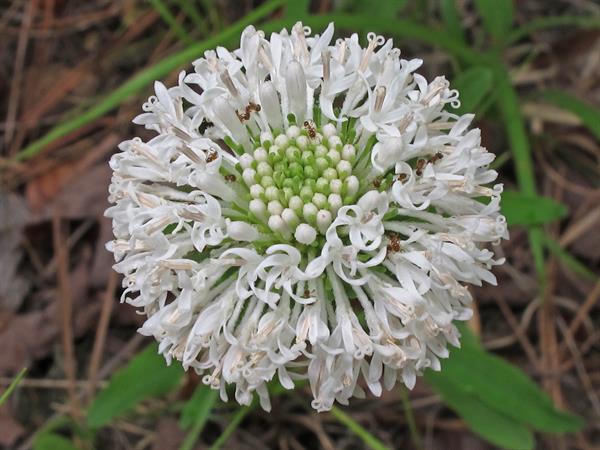 © Alan Cressler: Marshallia obovata var. obovata, Coosa Valley Prairies, Floyd County, Georgia 1 by Alan Cressler source | Original Image ⭷
© Alan Cressler: Marshallia obovata var. obovata, Coosa Valley Prairies, Floyd County, Georgia 1 by Alan Cressler source | Original Image ⭷ © Alan Weakley source | Original Image ⭷
© Alan Weakley source | Original Image ⭷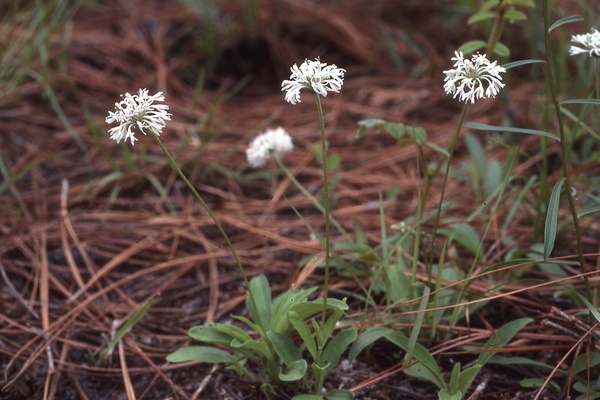 © Bruce Sorrie | Original Image ⭷
© Bruce Sorrie | Original Image ⭷ © Alan Weakley source | Original Image ⭷
© Alan Weakley source | Original Image ⭷ © Bruce A. Sorrie | Original Image ⭷
© Bruce A. Sorrie | Original Image ⭷ © Emily Oglesby | Original Image ⭷
© Emily Oglesby | Original Image ⭷ © Bruce A. Sorrie | Original Image ⭷
© Bruce A. Sorrie | Original Image ⭷ © Alan Weakley source | Original Image ⭷
© Alan Weakley source | Original Image ⭷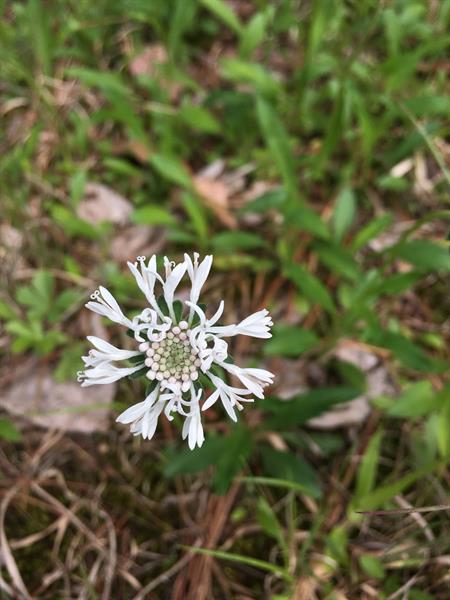 © Alan Weakley source | Original Image ⭷
© Alan Weakley source | Original Image ⭷ © Alan Weakley source | Original Image ⭷
© Alan Weakley source | Original Image ⭷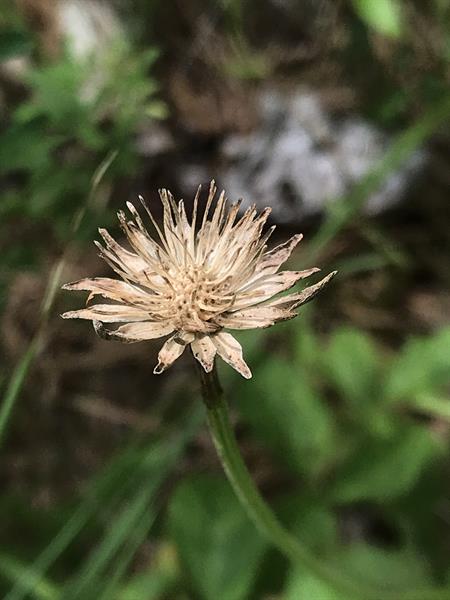 © Alan Weakley source | Original Image ⭷
© Alan Weakley source | Original Image ⭷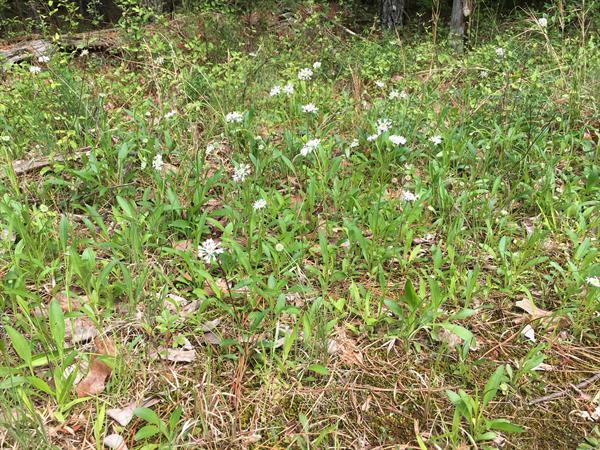 © Alan Weakley source | Original Image ⭷
© Alan Weakley source | Original Image ⭷Feedback
See something wrong or missing on about Marshallia obovata var. obovata? Let us know here: (Please include your name and email if at all complicated so we can clarify if needed.)
Cite as...